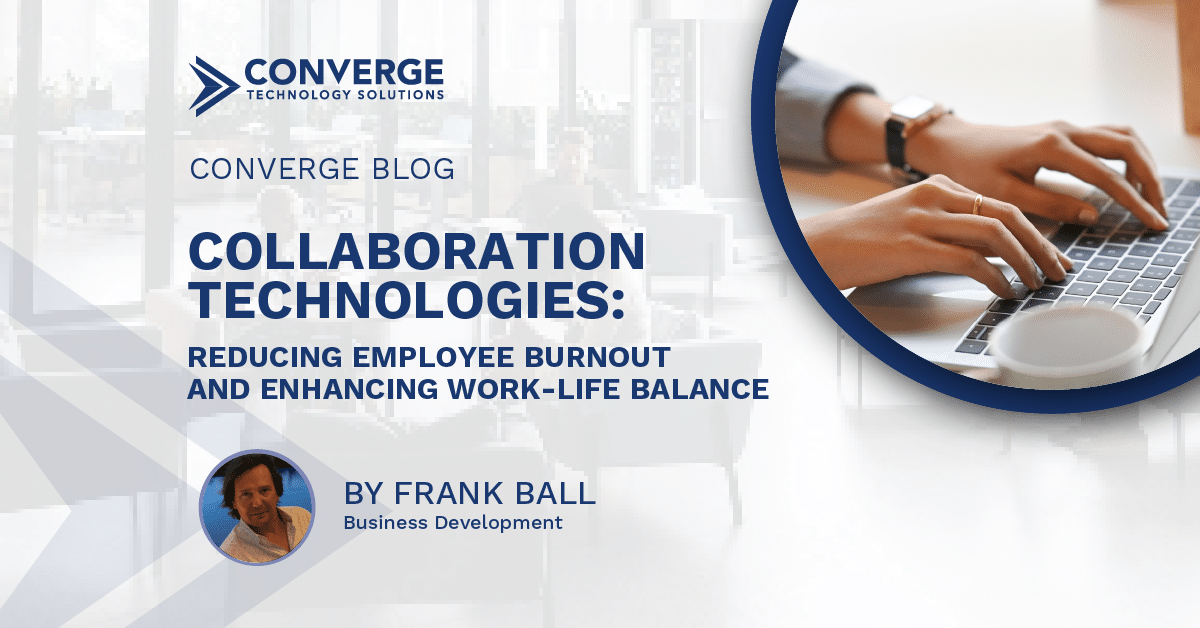Employee burnout and fatigue have become increasingly common in today’s fast-paced work environment. Long hours, tight deadlines, and constant pressure to perform can affect employees’ mental and physical health. However, with the help of collaboration technologies, it is possible to reduce employee burnout and enhance work-life balance. In this blog post, we will discuss how collaboration technologies can make a difference and how they can better align with a company’s culture.
How Collaboration Technologies Can Help Reduce Employee Fatigue and Burnout
Collaboration technologies refer to tools and software that enable employees to work together effectively, regardless of location. These technologies can include video conferencing tools, project management software, chat applications, and document-sharing tools. Using these technologies, employees can collaborate in real-time, share ideas and feedback, and keep track of their progress.
One way collaboration technologies can help reduce employee burnout, and fatigue is by enabling remote work. Remote work can provide a more flexible work environment, allowing employees to manage their workloads better and prioritize their mental and physical health. Additionally, collaboration technologies can make communication and collaboration more efficient, reducing the time spent in unproductive meetings and enabling employees to focus on their most important tasks.
How Collaboration Technologies Can Enhance Work-Life Balance
Collaboration technologies can also enhance work-life balance by providing a more flexible work environment. By enabling remote work and providing access to collaboration tools, employees can work from anywhere and at any time, which can help them better manage their personal and professional lives. Additionally, collaboration technologies can help employees feel more connected to their colleagues and the company, even when working remotely.
Better Aligning with a Company’s Culture
Collaboration technologies can also help align with a company’s culture. Companies can demonstrate their commitment to flexibility, innovation, and employee well-being by providing access to collaboration tools and promoting remote work. Additionally, collaboration technologies can enable more efficient communication and collaboration, which can foster a sense of teamwork and shared goals.
In conclusion, collaboration technologies can effectively reduce employee burnout and enhance work-life balance. By enabling remote work and providing access to collaboration tools, companies can promote a more flexible and supportive work environment, better align with their culture, and improve their employees’ mental and physical health. These measures can help create a positive work environment where employees feel valued and supported and perform at their best.




